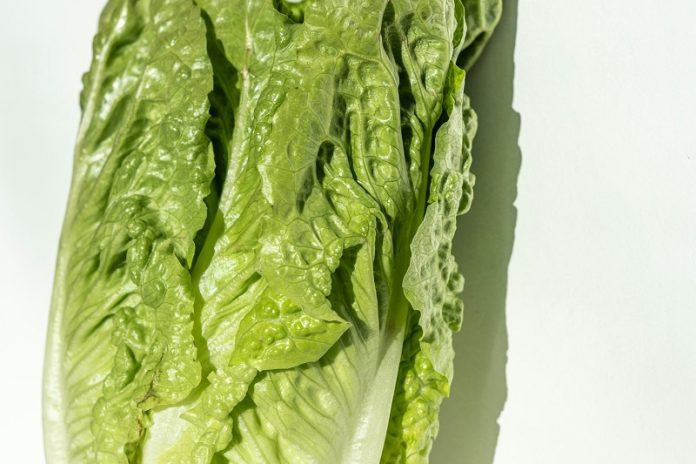
A new study suggests that rubbing a lettuce leaf on a nettle sting might be just as effective as using the traditional remedy of a dock leaf.
This interesting finding comes from research published in the Emergency Medicine Journal.
Nettles are common plants in the British Isles, and their stems and leaves are covered in tiny hairs that release chemicals like histamine, acetylcholine, and serotonin into the skin when touched, causing stinging and discomfort.
For centuries, people have used dock leaves to ease the pain, a remedy first mentioned 600 years ago by Geoffrey Chaucer.
Researchers from the Nettle-induced Urticaria Treatment Study (NUTS) wanted to see if this old remedy actually works.
They also wanted to find out if any large, fresh, non-toxic leaf could do the same job. To test this, they compared dock leaves to sweet gem lettuce leaves, which are similar in size, shape, and texture.
The study involved nine healthy doctors. Each participant rubbed fresh nettles on both of their forearms. They then waited 60 seconds, rolled a die, and rubbed either dock leaves or lettuce leaves on their arms for 60 seconds.
If they rolled an odd number, dock leaves were applied to the right arm and lettuce to the left; for even numbers, it was the other way around.
The participants, who were blindfolded, then rated their discomfort on a scale from 0 (no discomfort) to 5 (the most discomfort possible) at various time intervals. The researchers tracked the total number of hives and named the score for symptom resolution the Insult to Complete Healing (ITCH) score, and the count of hives the Observable Urticaria/Count of Hives (OUCH) score.
The results showed that three participants correctly identified which arm had been treated with dock leaves, three were incorrect, and three couldn’t tell the difference. The reduction in discomfort after 5 minutes was almost the same for both treatments—3 points for dock leaves and 2 points for lettuce leaves. Over time, discomfort decreased significantly for both treatments, but there was no significant difference between them.
The number of hives and the time it took for the hives to peak were also similar for both treatments. The study found that discomfort from nettle stings eased within 15-20 minutes whether dock or lettuce leaves were used.
The researchers concluded that both dock and lettuce leaves can provide relief from nettle stings, but neither is significantly better than the other. They also suggested that the same relief might occur without any treatment, though this might not be acceptable for children who are in pain.
While the study was small and mainly conducted as a team-building exercise, it provides an interesting insight: next time you get stung by nettles, reaching for a lettuce leaf might work just as well as the traditional dock leaf remedy.
If you care about nutrition, please read studies about the harm of vitamin D deficiency, and Mediterranean diet may preserve brain volume in older adults.
For more health information, please see recent studies about foods to naturally lower high blood pressure, and a simple breakfast switch can help control type 2 diabetes.





